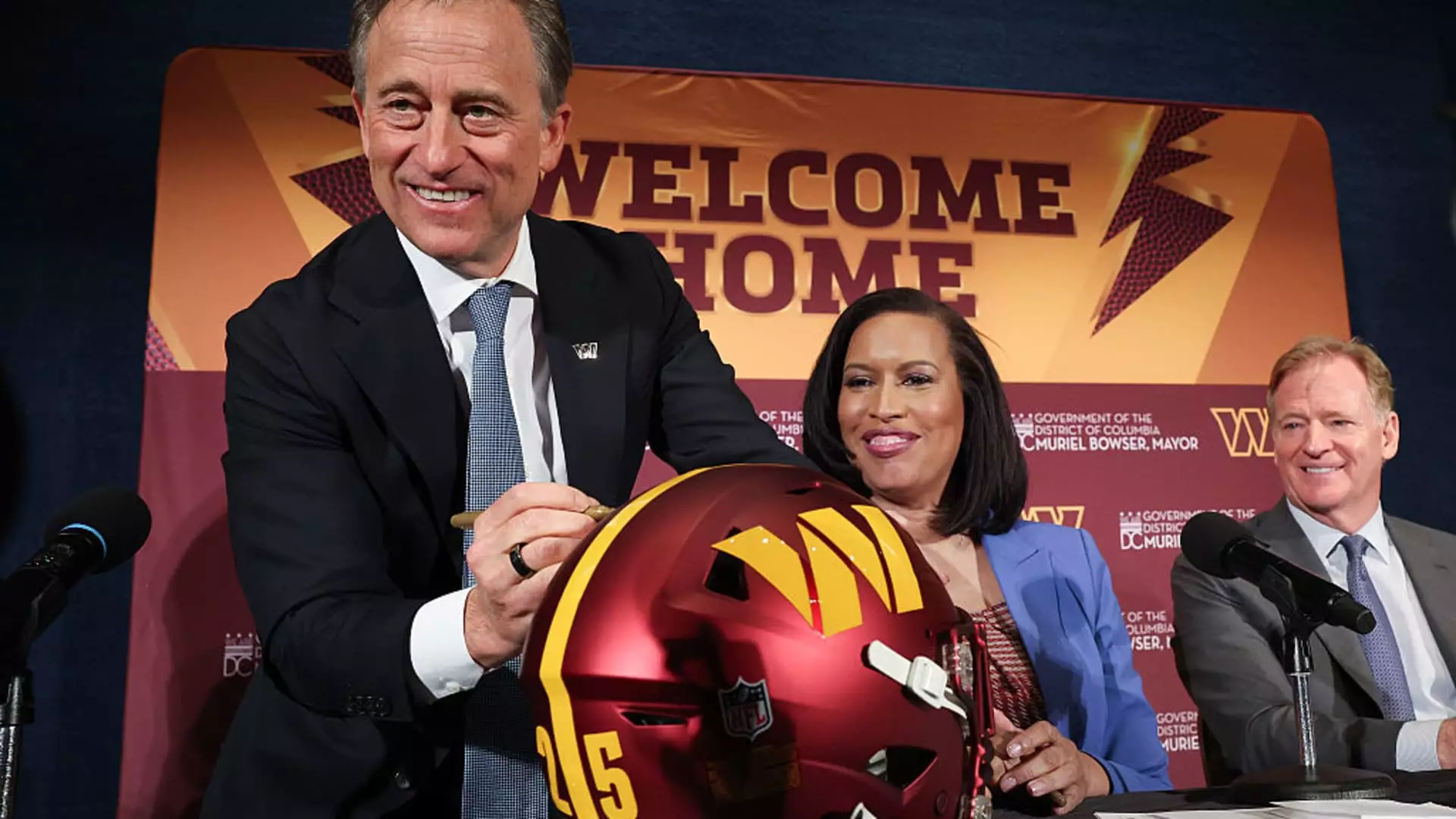The return of the Washington Commanders to D.C. has been met with mixed emotions, but one cannot deny the historical resonance of the move. RFK Stadium, a venue that powered the team’s success in the 90s, symbolizes a revered chapter in Washington’s sports narrative. For over three decades, this stadium was more than just a field; it was a place where memories were forged, a monument to triumphs that defined a generation of fans. The announcement that the team will build a new stadium on this celebrated ground is not merely a logistical recalibration; it’s an act of cultural reclamation. For fans yearning for a taste of glory days gone by, this is a significant emotional investment.
A Multi-Billion Dollar Vision
The staggering $2.7 billion investment by the Commanders, coupled with an additional $500 million from city funding earmarked for sports, paints a picture of a comprehensive civic engagement. This ambitious plan extends beyond just building a stadium; it envisions an entire campus that will feature residential space, retail outlets, and extensive green parks. At a total projected cost of $3.7 billion, the Commanders are betting big on D.C.’s potential for growth. But here’s the rub: while marquee projects can drive economic revitalization, they must also prioritize community engagement and inclusivity. If executed poorly, this redevelopment could end up favoring wealthy developers over the long-time residents of D.C., highlighting a glaring dichotomy in urban renewal.
Infrastructure and Job Creation: A Much-Needed Boost
The revitalization project promises 2,000 permanent jobs and a projected $4 billion in tax revenue over the next three decades. Mayor Muriel Bowser aptly described the venture as a harmonious blend of sports, housing, and recreational opportunities. However, the validity of these projections must be scrutinized more closely. History has shown that ambitious plans often fail to deliver on promised job numbers and economic benefits. Can the city ensure that these jobs will be accessible to the residents of D.C., particularly marginalized groups who have historically been left behind in past developments? Economic empowering must be a cornerstone of this project if the Commanders genuinely seek to revitalize their image and community ties.
The Green Landscape and Urban Development
In an era where urban spaces are quickly becoming sanctuaries for the affluent, the project’s incorporation of parkland is commendable. It offers a semblance of balance amidst an ongoing struggle for space in urban environments. Yet, skepticism remains about whether this green space will be genuine public property or just a superficial embellishment designed to lure families and tourists while gentrifying surrounding neighborhoods. The promise of parks should not serve to mask the inevitable price hikes in property and living costs that often accompany such developments.
What Lies Ahead: Expectations vs. Reality
As anticipation builds towards the stadium’s expected opening in 2030, the challenges ahead are monumental. While the excitement surrounding the Commanders’ historic return cannot be understated, the community must be vigilant. We must actively question whether this development will serve its taxpayers effectively or whether it will become a playground solely for the wealthy. As Washingtonians, we should strive to ensure that this ambitious project enriches the community, honor its traditions, and avoids the pitfalls of urban elitism. The upcoming years will be a litmus test for how well the city balances its rich history with the pressing realities of modern urban development.

